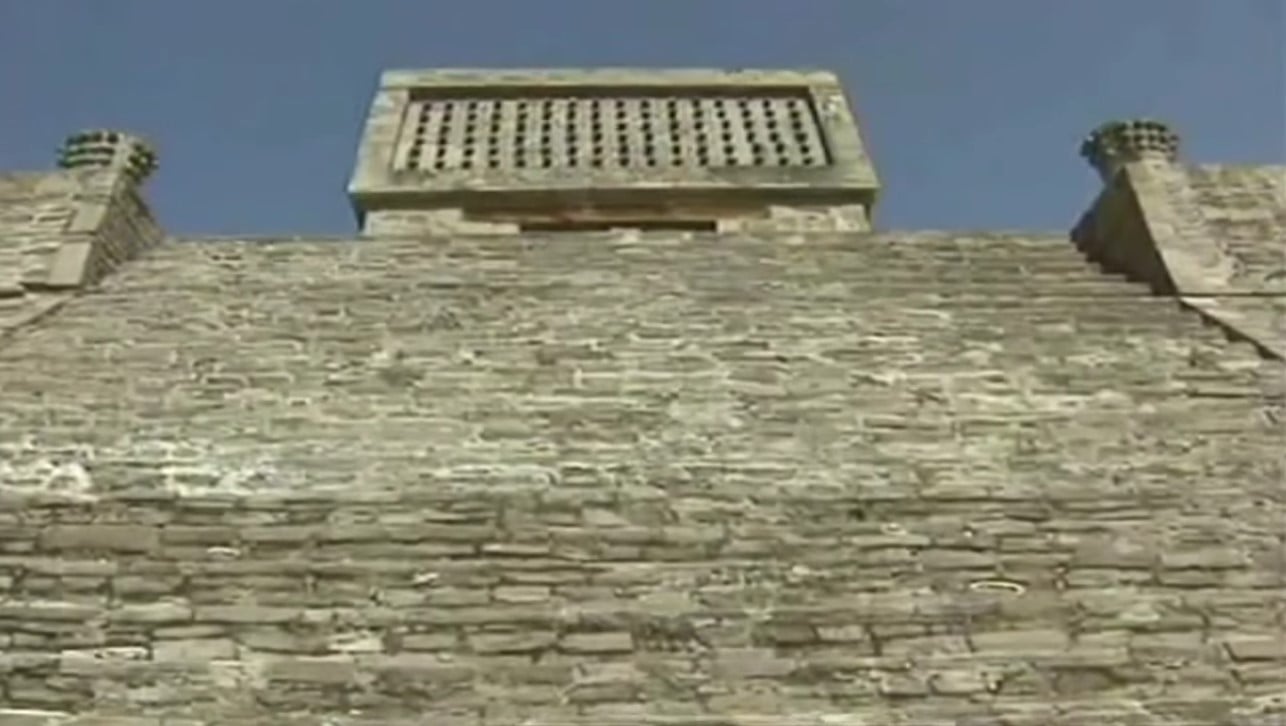A group of archaeologists in Mexico have found an Aztec Universe map in a pond. The stone shrine resembles an image of the universe, that could have been imagined by ancient Aztec civilizations. The stone “tetzacualco” has been found at Nahualac, which is a site near Mexico’s Iztaccihuatl volcano.
According to the National Institute of Anthropology and History (INAH), along with the stone structure there have been found ceramic fragments, lithic materials, lapidaries and organic remains. All these materials have been associated with the Aztec rain god Tlaloc. According to the researchers, the placement of the stones on the site is supposed to be an impression of a mini-model of the mythical universe. The way they are placed resembles stones “floating” on the surface, instead of being placed on the pond bed.
“The existence of a tetzacualco (shrine) in the middle of a natural pond and the optical effect that occurs when the water mirrors it, from which it seems that the structure emanates, suggests that the place is the representation of a primeval time and space, a miniature model of the universe,” the team said in a statement.
Iris del Rocio Hernandez Bautista, an archaeologist from the Subaquatic Archeology Subdirectorate (SAS) of the INAH, said that according to Mesoamerican creation myths, the world had no land. Cipactli (which was the monster of the earth) floated on the waters and that from his body came the sky and earth.
Bautista believes, according to the statement, that there was probably a ritualized control of the water from the springs nearby, as the ancient civilizations wanted to create a visual effect which would make it look like the mounds of stone floated on the water.
“These visual effects, in addition to the characteristics of the elements that make up the site and the relationship they have with each other, make us suppose that Nahualac could represent a microcosm that evokes the primitive waters and the beginning of the mythical time-space,” Hernandez Bautista said, according to the statement.
The site has been divided into two areas. The first area is the pond where the ancient Aztec universe map and the tetzacualco is, while the other site is 150 meters southeast from the structure. Archaeologists have discovered pieces of ceramic with decorations which are connected with Tlaloc on the second site.
“In this area, ceramic materials were identified on the surface, some of them identified as Coyotlatelco (750-900 AD), Mazapa (850 to 900 AD) and Tollan Complex (900-1150 AD). Altogether, the archaeological evidences cover an approximate area of 300 by 100 metres,” Hernandez Bautista said.





